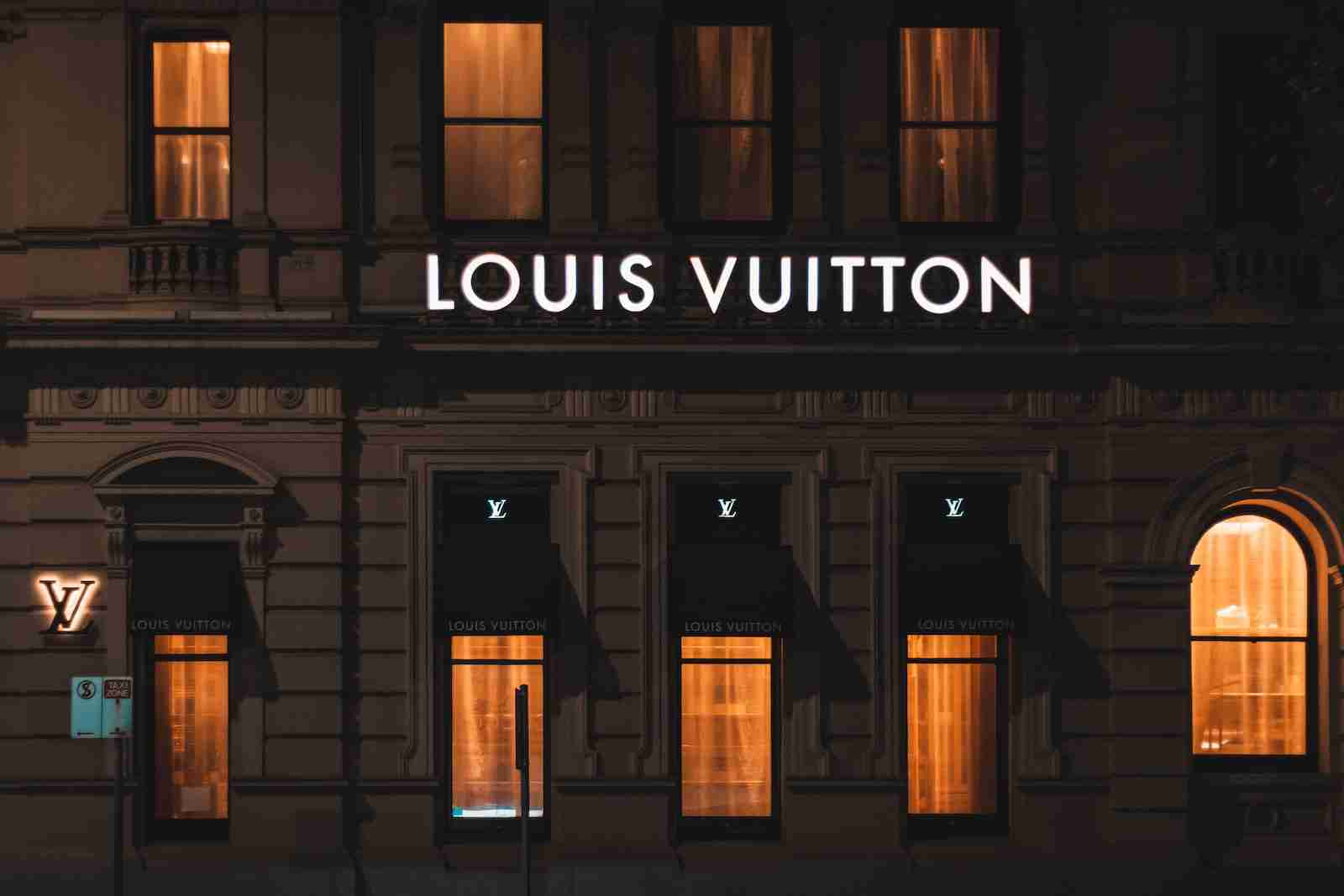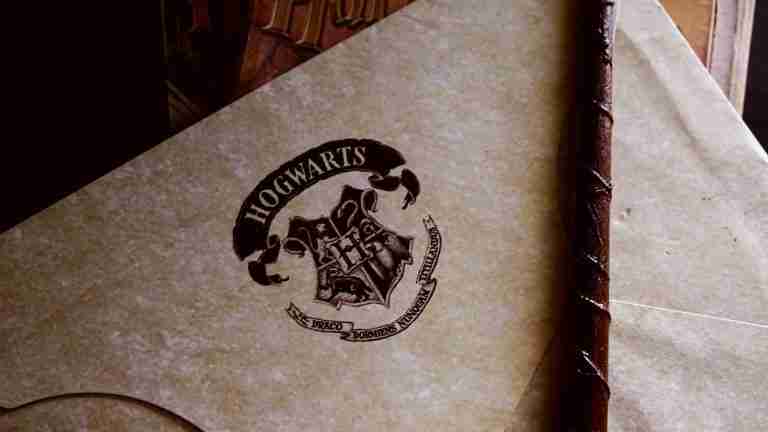22 Fun Facts About Louis Vuitton That Will Intrigue You
1. Louis Vuitton was born in Anchay, a small village in France’s Jura region.
In the heart of France’s mountainous Jura region, nestled near the Swiss border, a small village named Anchay witnessed the birth of Louis Vuitton on August 4, 1821.
Surrounded by breathtaking landscapes and rich cultural heritage, this humble beginning would later inspire the iconic designer’s journey, shaping his vision for travel and craftsmanship that would reach worldwide acclaim.
2. Louis Vuitton’s father was a farmer.
Louis Vuitton was born to a milliner named Coronne Gaillard and a framer named Xavier Vuitton, who was also a farmer. When Louis was just ten years old, his mother passed away, and his father remarried.
Unfortunately, Louis didn’t get along with his stepmother and yearned to leave the monotony of country life. So he came up with a plan: he would fly to the capital.
3. At the age of 14, LV relocated to Paris and began serving as an apprentice for a renowned trunk maker.
In 1835, Louis Vuitton undertook an incredible journey from his hometown to Paris, covering a distance of 292 miles on foot. It took him two years to reach his destination, and he was driven by his youthful energy and ambition.
Along the way, he stumbled upon a famous trunk maker’s workshop, which turned out to be the turning point in his life. He used his determination and perseverance to build a legendary legacy in the world of luxury craftsmanship, which is still celebrated today.
4. LV’s first store was opened in 1854 and was located on the Rue Neuve des Capucines in Paris.
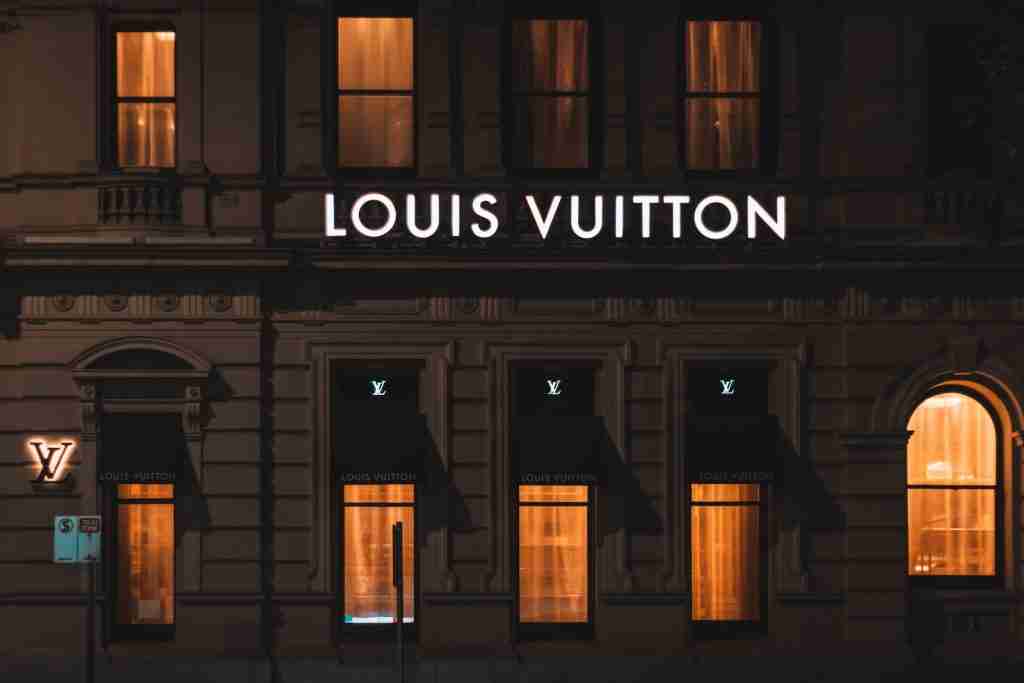
Louis Vuitton, at the age of 33, inaugurated his inaugural store in 1854 on the Rue Neuve des Capucines in Paris, marking the genesis of his iconic brand.
This pivotal moment not only symbolized Vuitton’s entrepreneurial spirit but also laid the cornerstone for a legacy of elegance and innovation in luxury fashion.
5. The company made a name for itself by producing trunks.
After moving to Paris at 16 to become a trunk maker, Louis Vuitton became known for its high-quality trunks. Vuitton entered the luggage business in 1854, introducing waterproof flat-topped trunks that broke away from the traditional rounded-top designs.
This innovation provided durable and practical solutions for travelers during industrialization and set a new standard in the luggage industry. Through craftsmanship, utility, and aesthetic appeal, Louis Vuitton’s trunks became symbols of luxury and status, laying the groundwork for its global luxury brand expansion.
6. LV bags are timeless.
LV bags are renowned for their enduring style, making them a timeless investment. Acquiring an LV bag today ensures its utility and appeal for at least two decades to come.
With their timeless design and quality craftsmanship, LV bags stand as a symbol of longevity and sophistication, promising to remain a cherished accessory for years to come. Whether for everyday use or special occasions, an LV bag purchased now guarantees enduring elegance and functionality well into the future.
7. The iconic LV monogram logo was created by Louis Vuitton’s son, Georges Vuitton, in 1896.
In 1896, Louis Vuitton’s son, Georges Vuitton, came up with the famous LV logo we all know today. He wanted to protect their trunks from people copying them, so he designed a special pattern with flowers and stars that included his dad’s initials, LV.
This mark became super popular and helped make Louis Vuitton a household name.
8. Leftover LV products are burned or shredded after each season.
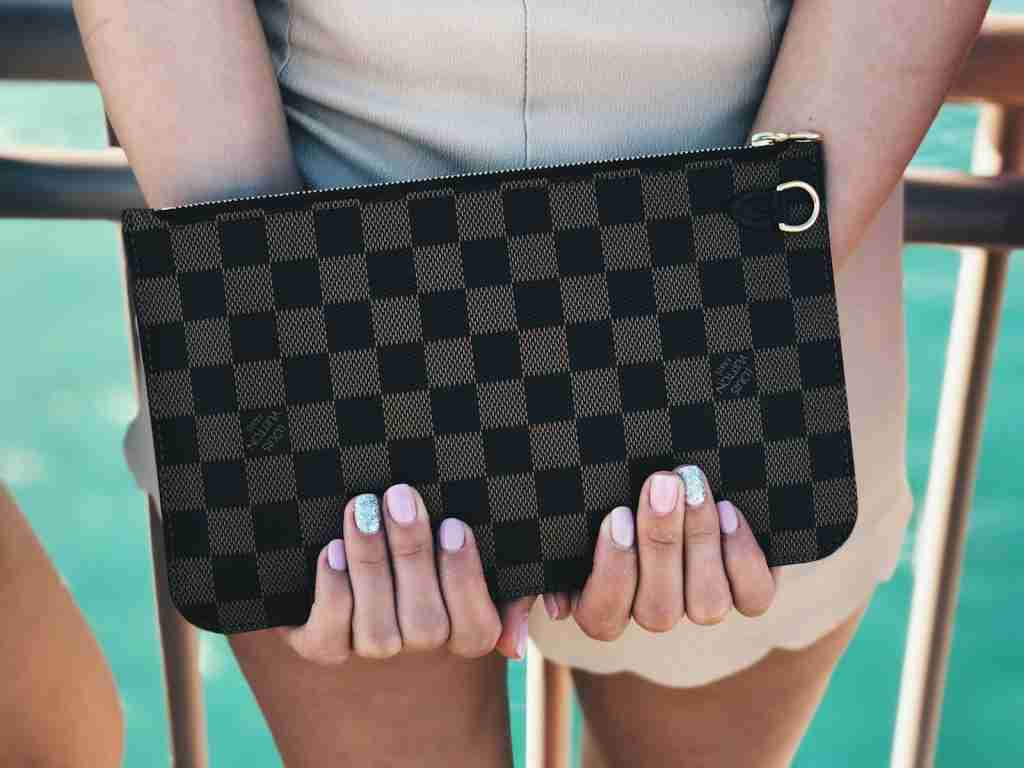
Louis Vuitton disposes of unsold items from each season by burning or shredding them. This practice aims to maintain the exclusivity of the brand and prevent counterfeit products from entering the market.
While controversial, it’s a strategy employed to safeguard the brand’s reputation for luxury and quality.
9. Louis Vuitton never discounts or offers sales on their products.
If you ever come across a discounted or sale-priced Louis Vuitton product, beware, as it’s likely counterfeit. Louis Vuitton maintains its exclusivity and brand integrity by never discounting or offering sales on their luxury goods.
This strict pricing policy reinforces the perception of value and ensures that their products retain their prestige and desirability among discerning customers worldwide. Instead of markdowns, Louis Vuitton focuses on delivering unparalleled craftsmanship and timeless design.
10. The company opened its first flagship store in the United States in 1982 on Rodeo Drive in Beverly Hills.
In 1982, Louis Vuitton expanded its global presence by opening its first flagship store in the United States. The store was located on the prestigious Rodeo Drive in Beverly Hills, California.
This was a significant moment for the company as it marked its entry into the American luxury market, cementing its position as a leader in high-end fashion and accessories. It’s worth noting that the first Louis Vuitton store in the United States was opened in New York City in 1901.
11. Georges Vuitton challenged Harry Houdini to break a specially designed lock for Louis Vuitton trunks.
In 1886, Georges Vuitton, son of Louis Vuitton, proudly announced the patent of their new luggage lock, which was a theft-proof tumbler lock with a numbered key. Georges Vuitton even publicly challenged the famous illusionist and escape artist Harry Houdini, claiming that he couldn’t break free from it.
Although Houdini never accepted the challenge, at least not publicly, some suggest that he may have given it a try.
12. In 1997, Marc Jacobs was appointed creative director of Louis Vuitton.
In 1997, Louis Vuitton underwent a significant transformation when a young American designer named Marc Jacobs became the creative director. Under his leadership, the company launched its first-ever line of ready-to-wear clothes.
For his Louis Vuitton collections, Jacobs collaborated with numerous renowned artists such as Stephen Sprouse, Takashi Murakami, Richard Prince, and Kanye West. He infused the iconic brand with a fresh and youthful energy, using bold colors and unexpected partnerships.
13. Louis Vuitton launched a smartwatch, the Tambour Horizon, in collaboration with Google and Qualcomm.
Louis Vuitton’s pioneering foray into the domain of smartwatches marks a significant milestone in the brand’s watchmaking journey since its debut in 2002. With the collaboration of tech giants Google and Qualcomm Technologies, the Tambour Horizon seamlessly integrates traditional craftsmanship with cutting-edge digital technology.
The LV Tambour Horizon Light Up starts at about $3,400, offering a premium wearable experience that combines sophistication with state-of-the-art functionality.
14. In 2012, the company released its iconic Stephen Sprouse-designed graffiti print collection.
In 2012, Louis Vuitton splashed onto the scene with a rebellious streak. They teamed up with pop-art legend Stephen Sprouse, known for his bold graffiti designs. Imagine iconic LV bags transformed with colorful sprays and drips, a clash of luxury and street art that sent shockwaves through the fashion world.
This wasn’t just a collection; it was a statement, pushing boundaries and solidifying Louis Vuitton’s edgy side.
15. The company’s flagship store on Champs-Elysees Avenue in Paris is one of the largest stores in Europe.
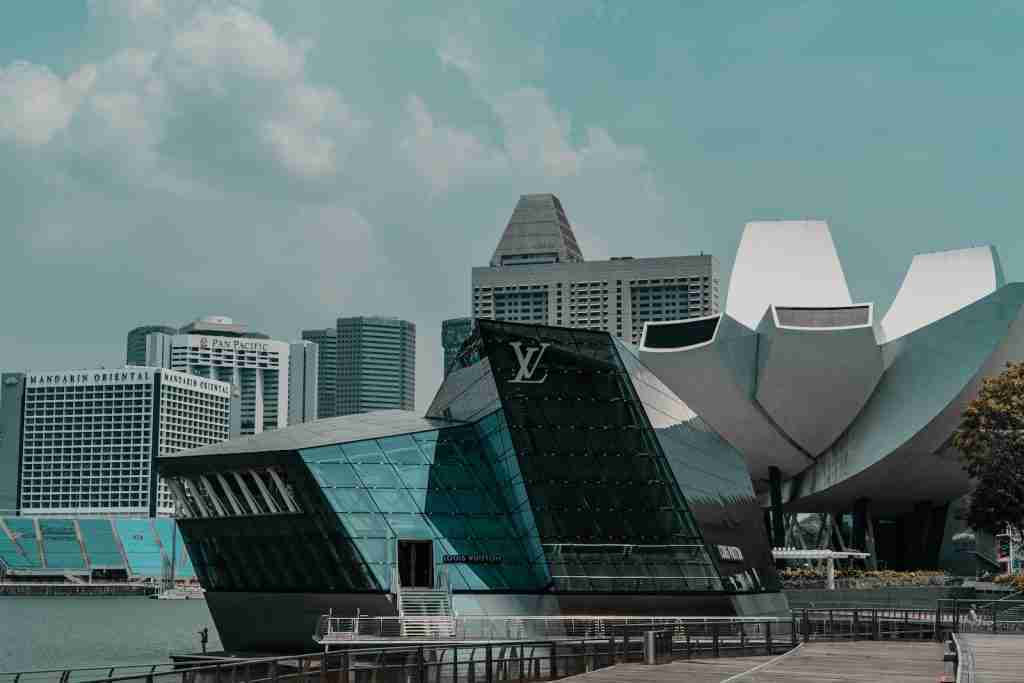
Louis Vuitton’s flagship store on Champs-Elysées is a luxurious Parisian palace that spans five levels and covers 1800 square meters. The store features spiral staircases that connect each floor and offers a wide range of designer products, including clothing, handbags, shoes, accessories, and fine jewelry.
With over 200 employees, the store is well-equipped to cater to all your designer needs. So, if you’re looking for the ultimate luxury shopping experience, this is the place to be.
16. In the year 1885, Louis Vuitton opened his first shop in London, located on Oxford Street.
Before online shopping, Louis Vuitton opened its first store outside France in 1885. On bustling 289 Oxford Street – London, not in a back alley.
Imagine horse-drawn carriages stopping, curious people looking at the fancy trunks and suitcases, and Louis Vuitton starting his UK adventure. This shop said, We’re here to stay and started London’s love affair with LV.
17. LVMH was formed in 1987 through a merger with Moet Hennessy.
In 1987, Moët Hennessy merged with Louis Vuitton to form the company known as LVMH. Bernard Jean Étienne Arnault, the current chairman, owns LVMH and is also the world’s richest man. LVMH is a conglomerate of over 70 luxury brands, including Christian Dior, Marc Jacobs, Bulgari, TAG Heuer, Tiffany & Co., Fendi, and Givenchy.
The company operates in more than 70 countries worldwide and has over 160,000 employees. Additionally, LVMH has more than 6,000 retail locations across the globe.
18. The company operates 460 stores around the world.
Louis Vuitton is a leading name in the luxury industry, with more than 460 stores spread across 50 countries. Each store offers a distinct experience, whether you visit one in a bustling city like Tokyo’s Ginza or a charming European village.
As a subsidiary of LVMH, the brand is constantly growing and incorporating its rich history and innovative designs into the global fashion scene.
19. Louis Vuitton passed away in 1892 at the age of 70.
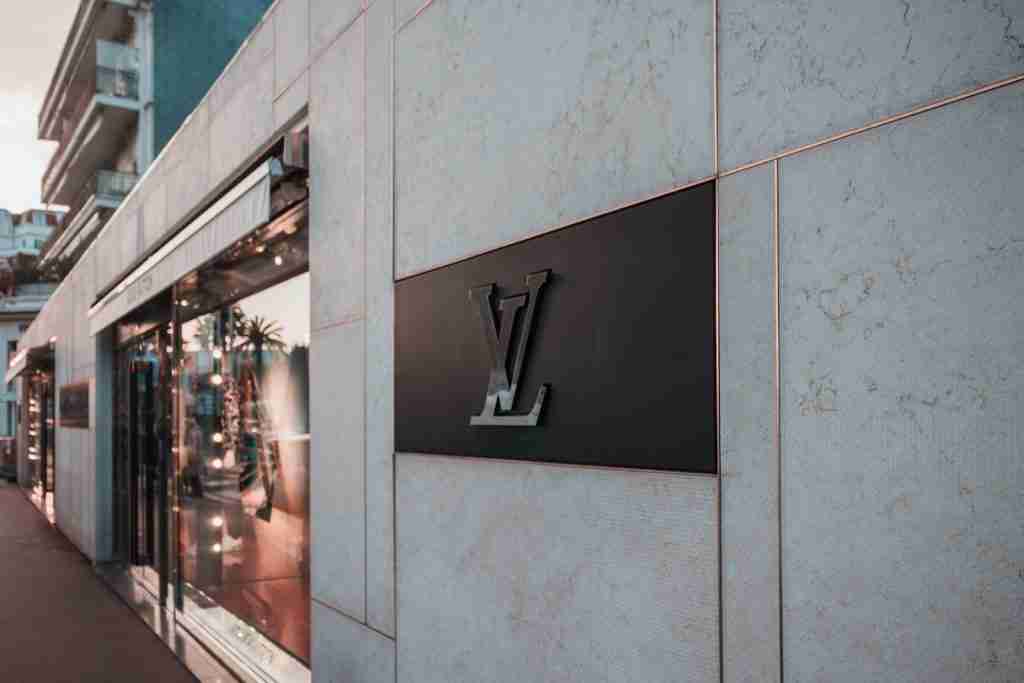
Louis Vuitton, the visionary behind the iconic luxury brand, passed away in 1892 at the age of 70. His death was attributed to a severe and aggressive form of brain cancer known as glioblastoma.
Despite his illness, Vuitton’s legacy continued to thrive through his innovative designs and enduring craftsmanship.
20. Louis Vuitton faced challenges during World War II but survived, collaborating with Nazi Germany.
During World War II, Louis Vuitton encountered obstacles but managed to endure, engaging in collaboration with Nazi Germany. Despite the difficult circumstances of the war, the company navigated through challenges, adapting its operations to the wartime economy.
Louis Vuitton’s association with Nazi Germany has been a subject of scrutiny, with the company accused of benefiting financially from its dealings with the regime.
21. Virgil Abloh made history as the first black artistic director of Louis Vuitton’s menswear.
On March 25, 2018, history was made as Virgil Abloh was appointed the new artistic director of Louis Vuitton’s menswear line, becoming the first Black person to hold that prestigious position at the iconic French fashion house.
It wasn’t just a promotion; it shattered glass ceilings in the fashion industry, serving as a beacon of hope for diversity and inclusion within the exclusive world of haute couture. Tragically, he passed away at the age of 41 on November 28, 2021, due to a rare cancer, cardiac angiosarcoma.
22. Louis Vuitton crafted luggage for Empress Eugénie, wife of Napoleon III.
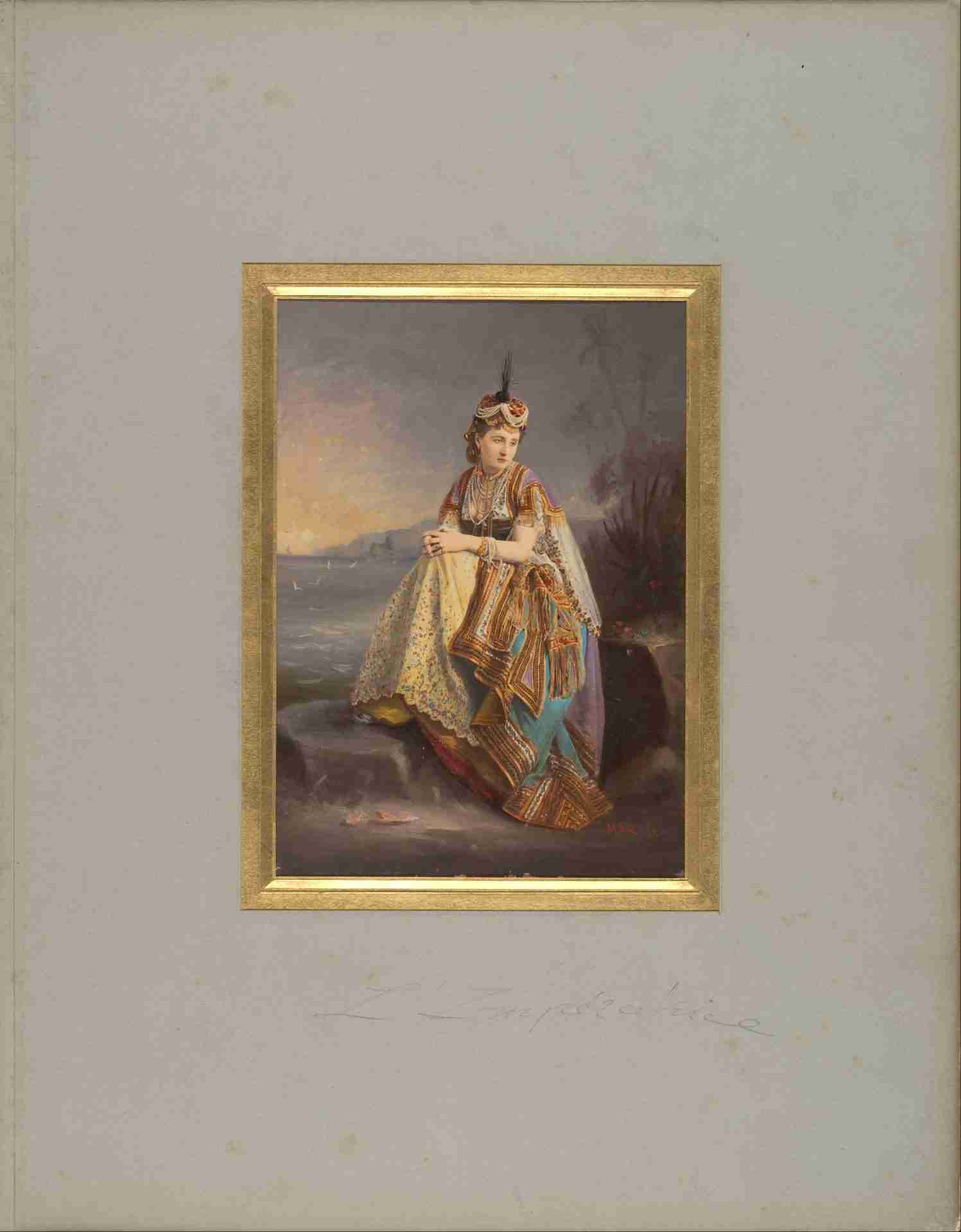
Empress Eugénie was known for her love of fashion and travel, and she needed luggage that was both stylish and functional. Vuitton’s innovative designs, which were lighter and more durable than traditional trunks, caught her eye.
In 1853, she appointed him as her official luggage maker, giving him a major boost in prestige and helping to establish his brand as a symbol of luxury and quality.
FAQS
Louis Vuitton bags are known for their high quality and craftsmanship, which comes at a price. The materials used to make the bags, such as leather and hardware, are also of high quality, which contributes to the cost. Additionally, Louis Vuitton is a luxury brand, and its bags are considered a status symbol, which allows the company to charge a premium for its products.
Yes, Louis Vuitton is both a designer and a luxury brand. The company was founded in 1854 by Louis Vuitton, and it is known for its high-quality luggage and handbags. Because of its reputation for quality and exclusivity, as well as its high price points, Louis Vuitton is considered a luxury brand. The company’s products are often seen as symbols of wealth and success, and they are associated with luxury and sophistication.
Louis Vuitton is most famous for its luxury fashion and accessories, particularly its iconic monogram pattern and leather goods such as bags, wallets, and luggage.
The cost of Louis Vuitton products can vary depending on the specific item and where it is being purchased. In general, however, Louis Vuitton products are known for their high price points. For example, a Louis Vuitton handbag can cost several thousand dollars, while a wallet or purse may cost several hundred dollars.
Whether or not an LV bag is worth the money is a matter of personal opinion. Some people may feel that the high quality and craftsmanship of LV bags make them worth the price, while others may not be willing to pay the high cost of an LV bag. Additionally, the value of an LV bag can depend on the specific product and how it is being used.
Louis Vuitton was founded in 1854 in Paris, France.
There are several ways to tell if a Louis Vuitton bag is real, including examining the stitching, hardware, and materials, as well as looking for specific hallmarks and serial numbers that are unique to authentic Louis Vuitton products.

